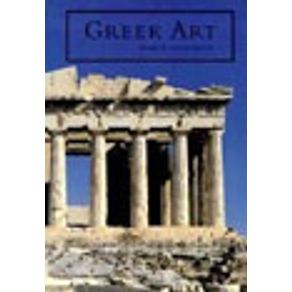Since antiquity, the period from 480 to 323 BC in Greece has been considered to be the high point, the Classical era, of Hellenic culture. At that time, the values and customs of ancient Greece received an especially lucid expression in the visual arts. In this new overview, the political, social, and religious functions of Greek art are given fresh life, with chapters focusing on issues such as the relationship between visual narrative and history; the role of artistic style in the construction of meaning; and how personal and communal identity was carried by the imagery on intricately decorated pottery and jewelry, naturalistic wall-paintings, and public buildings across the Greek world. Using the Parthenon as a paradigm monument, Mark Fullerton examines the principles of classical sculpture, architecture, and painting to explore all phases of Greek art from its birth around 900 BC to its incorporation into the art of the Roman Empire. Combining the latest archaeological discoveries with new scholarly methods, Fullerton presents a history of Greek art and the idea of the classical through a range of media and materials, including Archaic statues from the Aegean islands, the gold and ivory of Macedonia, to the great Hellenistic monuments of the Greek east. Mark D. Fullerton is Professor and Chairperson in the Department of History of Art at the Ohio State University. His research centers on Roman, Greek, and Hellenistic sculpture and he has published work on Roman art.


